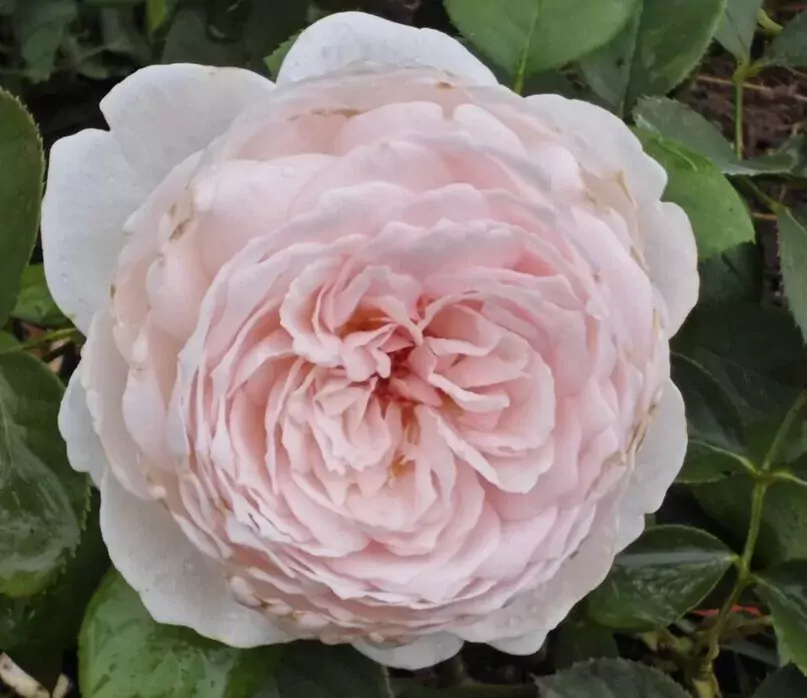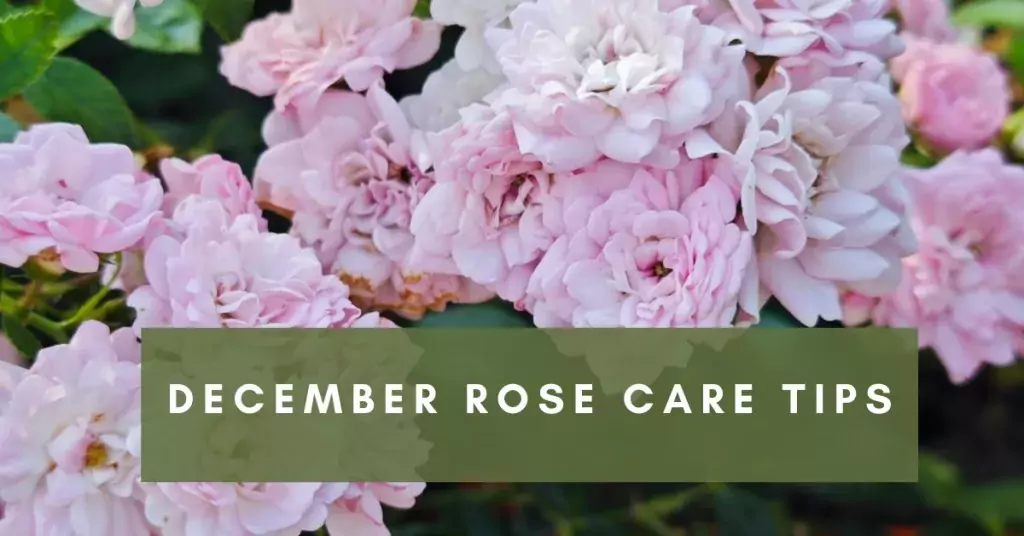Winter is a harsh time for our beloved gardens. Our beautiful roses are going to sleep. We need to take care of our sleeping beauties so that in spring, they delight us with their lush blooms. We will explore all aspects of December rose care, starting from pruning methods and ending with protective measures, to ensure a vibrant and healthy garden in spring.
Do Roses Need to Be Cut Back for Winter?
One common query among gardeners is whether roses should be pruned before winter. The answer depends on the type of rose and your regional climate. Generally, it’s advisable to trim back long canes by about one-third to prevent wind damage and discourage disease. Eliminate any deceased or unhealthy wood to foster a more robust plant. Yet, certain varieties, like shrub roses, might necessitate minimal or no pruning as part of their winter preparation.
In late autumn, I only perform sanitary pruning – removing broken branches and those that are somehow damaged because they can be a source of disease entry, and ultimately, the bush may perish. Spring is the best time for proper rose pruning. When the first bud on the rose bush starts to grow, it signifies it’s time to trim our beauty.

How Do You Winterize Roses?
Ensuring the winter readiness of roses is imperative to shield them from the unforgiving elements of the cold season.
1. Wrap the long canes of your roses with chicken wire, twine, or similar material to prevent them from being damaged by winter winds. This provides essential support and prevents breakage, especially in areas prone to heavy snowfall.
2. Shield your roses from winter weather using burlap or a durable fabric to wrap from the top to the base of the plants. This acts as a protective barrier against cold winds and frost, maintaining a more stable temperature around the rose bushes.
3. Adding a soil layer around the rose plants’ base helps insulate the roots and provides additional protection. Mounding the soil can also prevent frost heaving, a condition where plants are pushed out of the ground due to the freezing and thawing of the earth.
4. Tip the Plants Over Consider tipping over your rose plants in regions with frigid temperatures. Lay them gently on the ground, covering the canes with soil or mulch. This technique safeguards the bats from winter winds and promotes better insulation.
5. Rose cones are protective coverings explicitly designed for roses. These plastic or styrofoam cones are placed over the rose bushes, providing insulation and shielding them from winter weather. Ensure the cones are well-ventilated to prevent excess moisture buildup.
Do Roses Lose Leaves in Winter?
It’s not uncommon for roses to shed some leaves during winter. This natural process helps the plant conserve energy and focus on maintaining essential functions.
Here are a few more important points for December rose care :
- Stop fertilization six weeks before the initial frost.
- Ensure consistent watering in dry autumn conditions to fortify plants for the impending winter.
- Cover plants just above the swollen point where the stem meets the rootstock.
- After a few frosts, but before the ground freezes, consider mounding, mulching, or composting.
- In regions with prolonged freezing temperatures, enclose the plant with a robust mesh and fill the enclosure with chopped leaves, compost, mulch, dry wood chips, pine needles, or straw. Alternatively, create a 12-inch soil mound around each rose bush to prevent stem damage and reduce the chance of occasional ground thawing.
- Refrain from transplanting rose bushes to a new location until spring.
Getting your roses through December is like giving them a cozy winter blanket – it takes some love and planning! Following these friendly tips for December care, including the proper pruning, winter prep, and year-round TLC, sets the stage for a garden bursting with vibrant, resilient roses come spring. So, take a moment to pamper your roses; you’re in for a treat with a blooming, thriving garden in the seasons ahead!





